Tips to navigate Japan’s hidden gems, culture, and traditions
Almost 37 million people visited the country last year but it is still possible to experience its true soul – even as a first-timer. Here is where to stay, eat and visit.
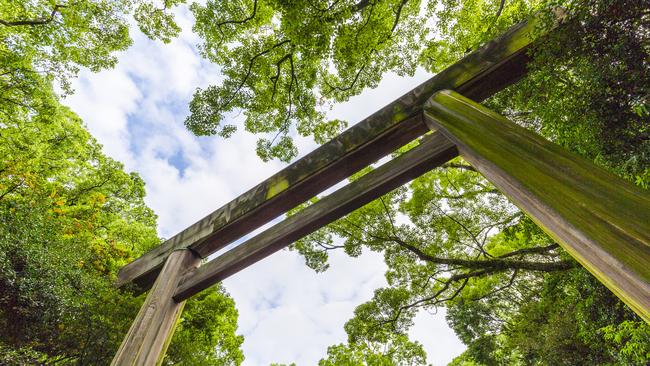
On the first day of my first trip to Japan, I hit my head on a doorway walking towards a talking toilet. This particular restroom is designed in traditional Japanese style inside Hotel Gajoen Tokyo, with a bridge over a pond between the basins and the cubicles. The facilities are famous among locals – reportedly costing one million yen to build due to the art on the walls – and are housed in low pavilions, which are a challenge for someone 183cm tall.
As I reach for my aching forehead, I am met by a TOTO toilet that lifts its lid in an enthusiastic greeting and says something in Japanese. There are a dozen buttons on the adjacent wall, labelled in kanji, and I have no idea what they do. As strange as it sounds, this experience sets the tone for the week I have in Japan; the juxtaposition between the traditional and modern; the contradictions of a society that is innovative in so many ways but lagging behind in others. And the realisation that I am suffering from a bit of culture shock.
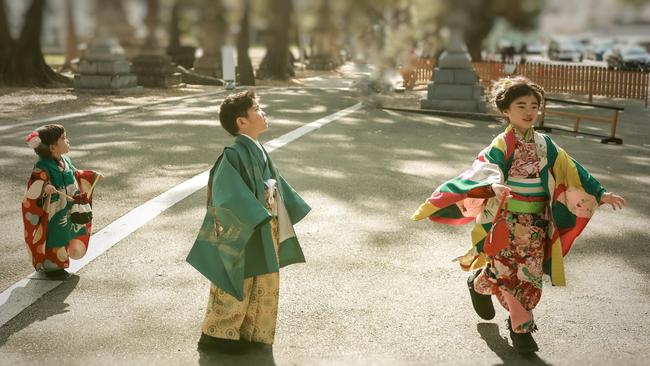
For what I experience in Japan feels like the real deal, and it’s not what I expected. The nation is fast becoming one of the most visited places in the world, drawing 36.9 million sightseers in 2024 . It also now rivals Bali as a top holiday spot for Australians, with visitor numbers increasing to almost one million last year from 613,062 in 2023. I fear I am travelling to a place that has become like Venice or parts of Paris: a fake, sanitised Disneyland version. What I don’t expect to find are cities where there are no other Western tourists, barely any English-language translations; where I struggle to navigate the train system or even pay for things with credit cards.
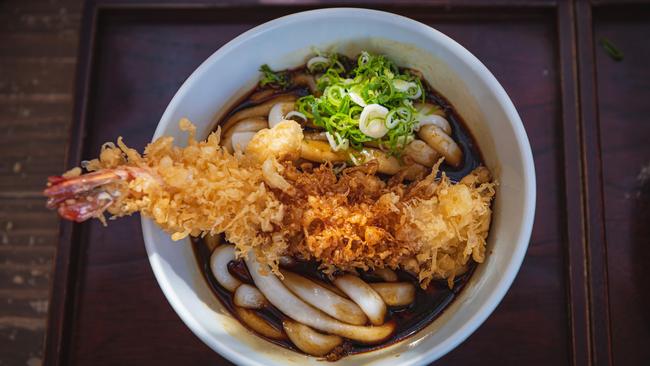
But I also witness toddlers in traditional dress celebrating the Shichi-go-san festival at a Shinto shrine in Nagoya, attempt to outwit their grandparents in securing a table to eat the most delicious udon noodles I have tasted, watch as a formally dressed (suit, jacket, hat and white gloves) station master salutes the bullet train I am on, and discover some of the best food in the country is its snacks. I am able to see the real Japan and it intrigues, baffles and delights me.
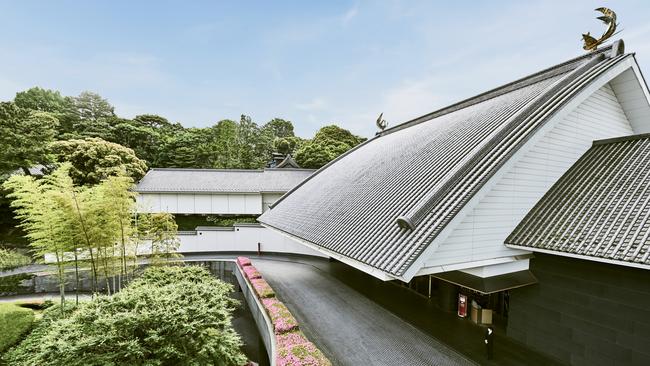
Hotel Gajoen Tokyo is not only the place where I first hit my head on a doorway (there are many more instances), it is where my introduction to the country and its culture begins. The property, a member of Small Luxury Hotels of the World, overlooks the Meguro River, which in spring is lined with cherry blossoms. As my travelling companions and I are there in November, the leaves are starting to turn orange and red. Perched on a hill, the property first opened in 1931 as a restaurant, art gallery and gardens.
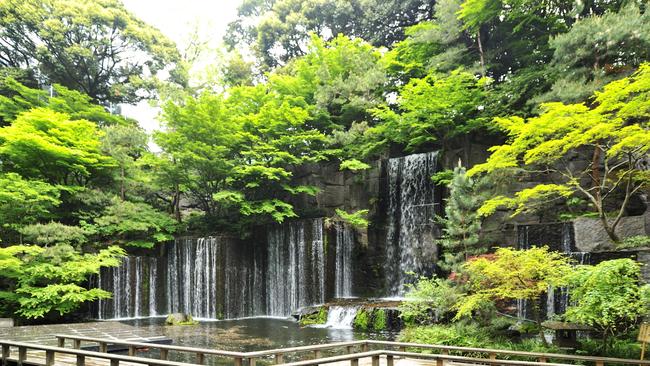
It became Japan’s first wedding venue in 1937, then a hotel and was rebuilt in 1991 and again in 2017. Traditional design still dominates the architecture and there are hundreds of works of art across the 60 suites, seven restaurants, gallery and 23 banquet halls. Weddings are held here multiple times a day, which makes for fascinating people-watching. Every corner feels worthy of a picture, from the aforementioned loos to detailed mosaics of peacocks in the lifts; the black lacquer inlaid with mother-of-pearl warrants repeat rides for closer examination.
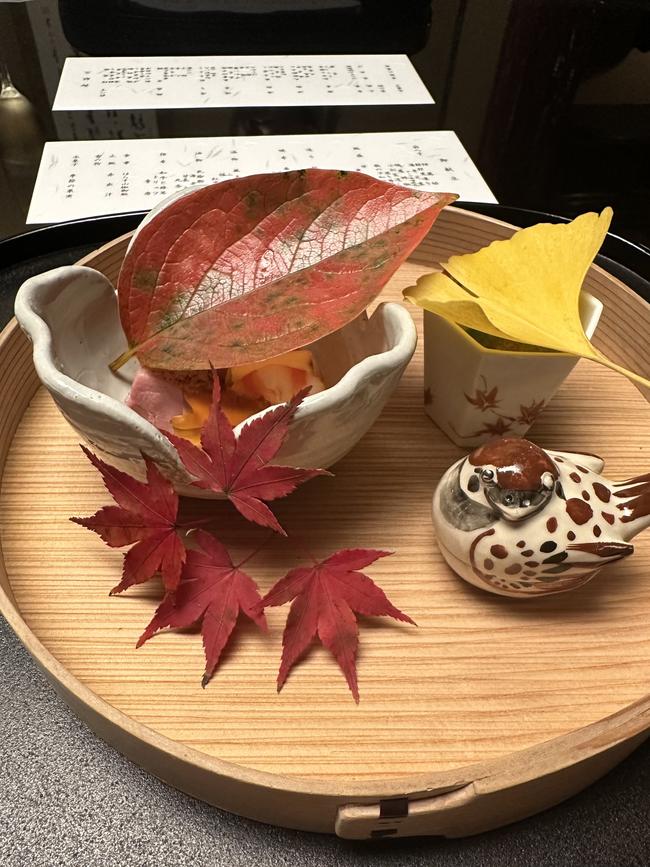
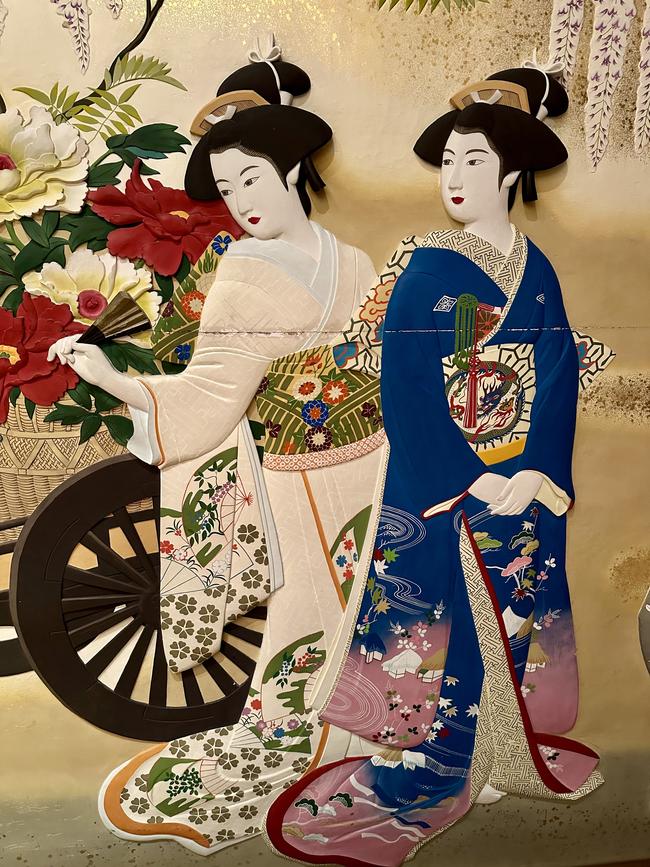
The hotel’s Japanese restaurant, Tofutei, comprises a series of private dining rooms in a building surrounded by gardens and a stream full of golden koi. We indulge in a nine-course banquet around a horigotatsu, a low table on tatami flooring, which thankfully has a gap below to accommodate my long legs. Each course is exquisitely presented; the appetisers of duck with black pepper, a pate, pickled herring roe and Japanese spinach come in beautiful ceramic dishes, one shaped like a bird and all adorned with yellow, orange and red autumn leaves.
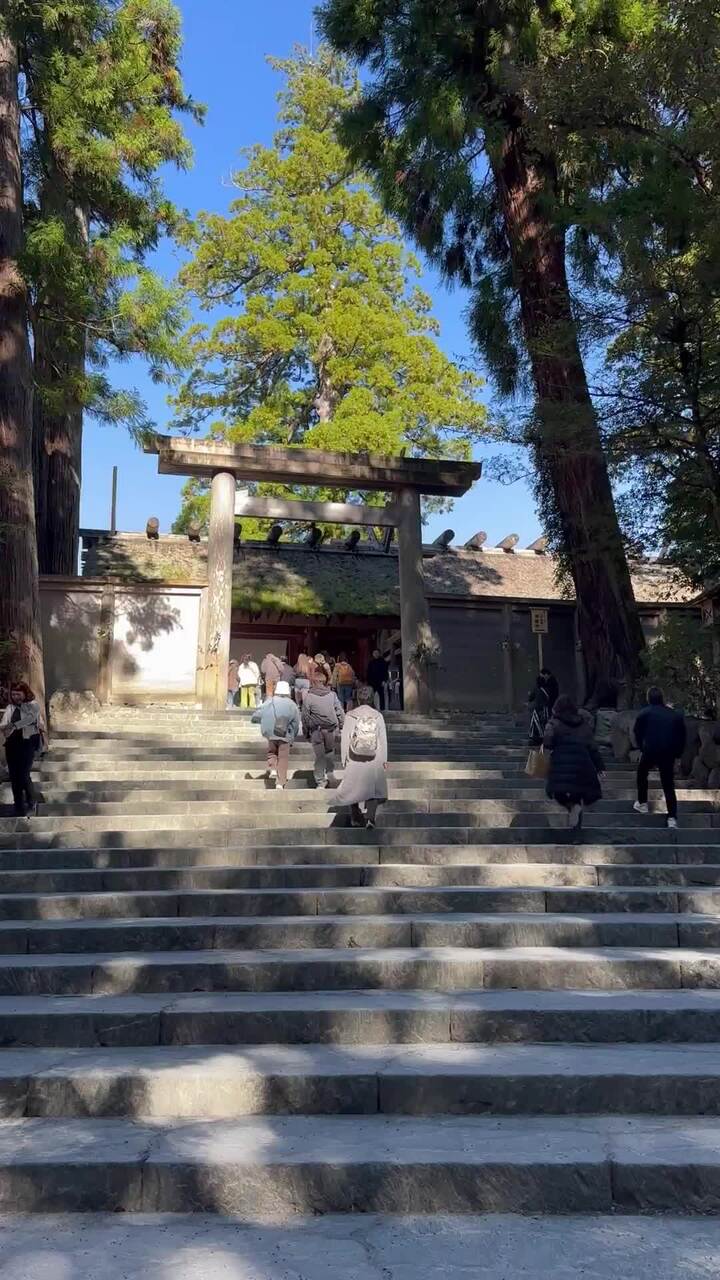
On the other side of Tokyo, TeamLab Planets provides a stark contrast to my hotel experience. This collective of creatives, engineers, animators and architects was formed in 2001. They call themselves “ultra-technologists” and the interactive art exhibition takes you through a number of different mind-bending spaces, another three of which were added this month.
“Together with others, immerse your entire body, perceive with your body and become one with the world,’’ reads a sign at the entrance. As I walk barefoot into a massive darkened room and wade up to my knees in disconcertingly warm water with colourful koi projected on to it, it strikes me that this could only happen in Japan. It’s a crazy sensation that defies logic but also requires the polite following of strict instructions, something I don’t think Australia could pull off (especially with all of our pesky health and safety laws).
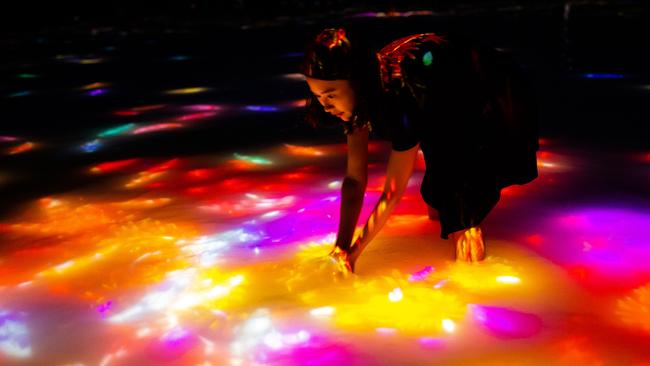
Having navigated the water, a mirrored room of moving, hanging fresh flowers and an infinite crystal universe, we enter a much more challenging world: Tokyo’s subway system. Coming from Sydney, where accessing any train, bus or ferry is simply a matter of tapping the credit card function on your phone, I am shocked to find we need to buy paper tickets with cash. Sorry, what? In an innovative country like Japan where toilets talk, I need notes? I didn’t bring any local currency and the ATM at the station doesn’t take international cards. The subway, monorail and rail lines are all run by different operators, which means the day pass we mistakenly buy for the monorail does not work across the network. Our first attempt to get on the Tokyo subway ends with us calling an Uber.
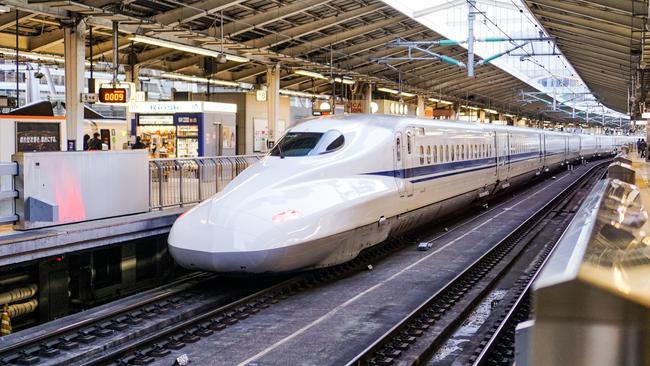
Our next one is more successful, mostly because someone else has organised the tickets for us in advance; a paper ticket and a travel card is required through four different gates. We are going on the Nozomi Shinkansen, the country’s famed bullet train to Nagoya, and its distinctive curved shape glides into the station and keeps to Japan’s precision timing, departing at 12.48pm, not a minute earlier or later. On board, it is a smooth, quiet ride and does not feel like we are doing up to 300km/h. Schoolchildren do their homework, commuters tap away on their laptops and we tuck in the bento boxes bought at the station; I devour a very tasty pork katsu sandwich plus a box of highly addictive Pocky chocolate biscuit sticks. We arrive 97 minutes later and I am a bullet train convert.
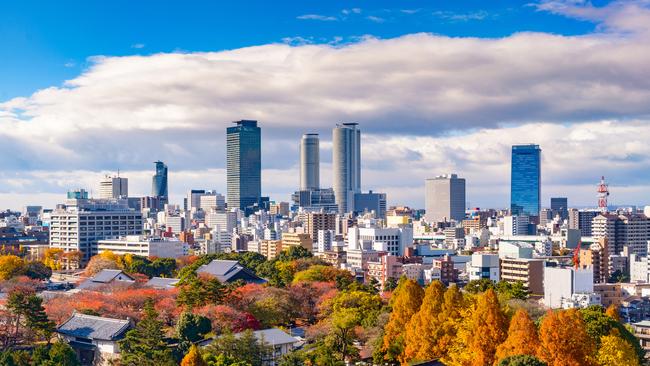
With a population of 2.6 million, Nagoya is the fourth-largest city in Japan and is known primarily as the home of manufacturing (it has a Toyota museum) but there is more to the place than just cars. I am staying at Nagoya Kanko Hotel ESPACIO in the centre of the city, a property that has expansive views and seven restaurants and bars. One of the advantages of Nagoya is it is much more walkable than Tokyo and we barely see any tourists on a morning stroll around the exterior of the castle and its gardens.
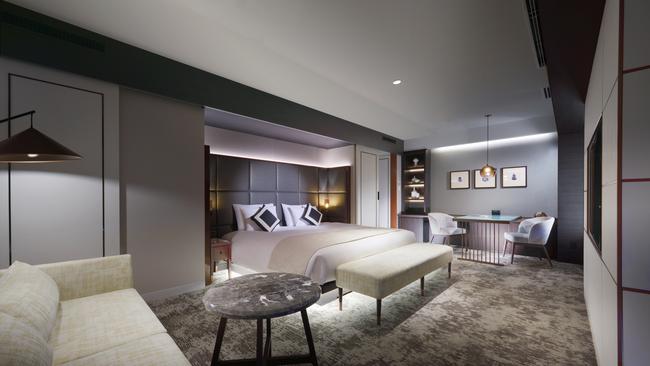
Our next destination is the Atsuta Jingu Shinto shrine. Shinto is often described as the “soul of Japan” and literally translates to “the way of the gods”. It’s like Greek mythology, our helpful Japanese companion Robert tells us, while another guide, who we meet later on our travels through Ise, describes it as more like a belief system than a religion; one that encompasses everyday rituals: “Most Japanese don’t even realise they are Shinto.”
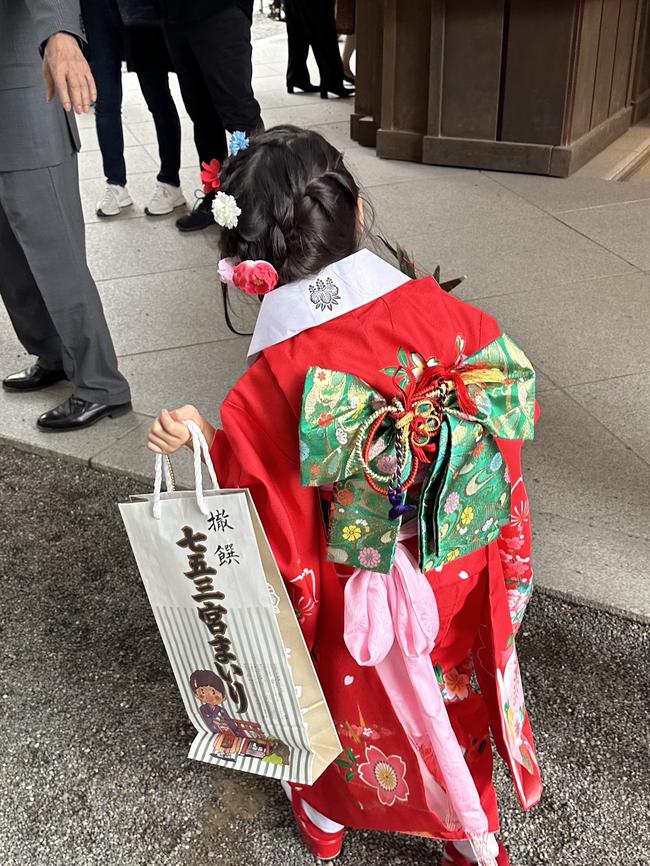
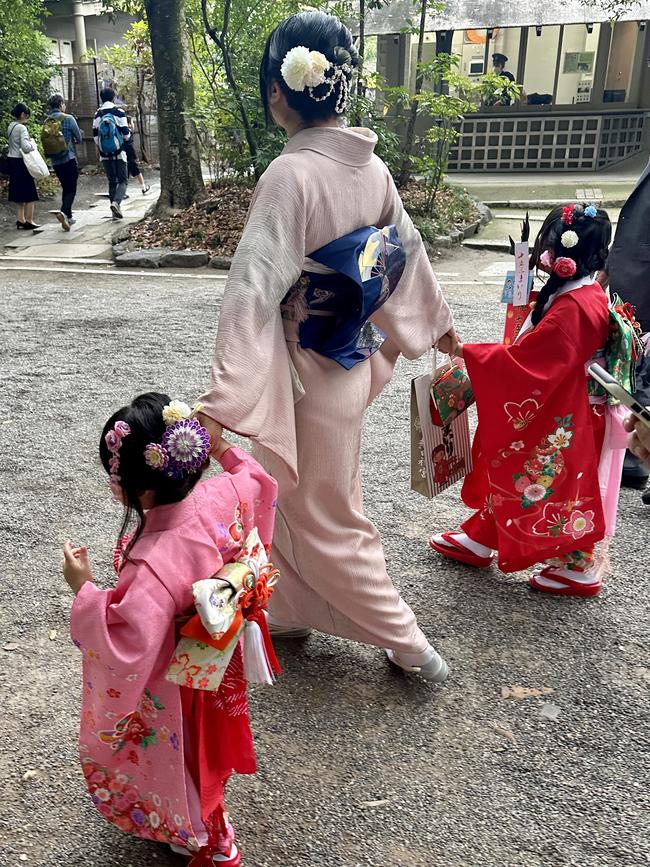
We are lucky on the day we walk down the gravel pathway (the crunching alerts the gods or kami to your presence) to the shrine, as it is November 15 and Shichi-go-san, a festival that celebrates children when they reach the ages of three, five and seven. We are treated to a thoroughly delightful display of toddlers in traditional costume, praying with their parents then going out for lunch. I marvel at the well-behaved youngsters and the ability of Japanese parents to keep their three year olds in such structured clothing when I can barely get my eight-year-old son to put on pants and tie his shoelaces.
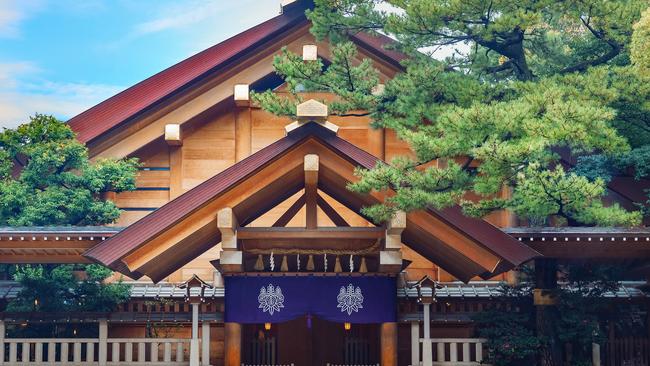
I learn more about the Shinto religion a few days later when we head out to Ise, two hours east of Nagoya via the Ise-Shima Liner railway, a glass-fronted train that delivers spectacular views as you travel along the coast to the peninsula.
Ise-Shima National Park, which spans more than 554sq km, makes up the bulk of the region and is home to 125 Shinto shrines. But the most sacred is Ise Jingu, which is considered the country’s holiest and was established in 4BC to honour the solar goddess Amaterasu-Omikami. Pilgrims have flocked here to pray for centuries along with successive emperors of Japan. Last year, 7.1 million people visited the site, including the country’s royal family, but there were only 84,000 international tourists.
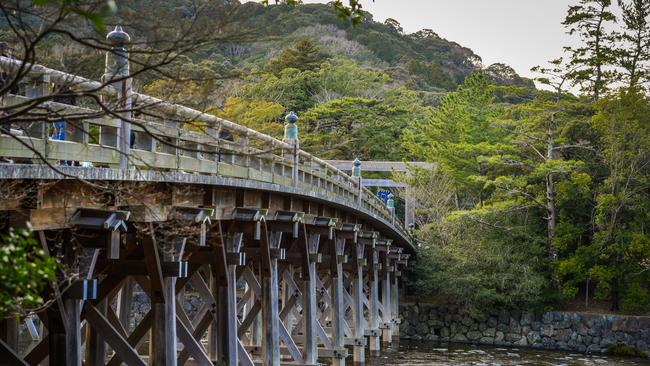
During our outing we do not see another Westerner. Instead, we are among families, school groups, colleagues; I feel like I am part of something meaningful and authentic. The shrine is in attractive parklands and we walk over Ujibashi Bridge on the Isuzu River, which is said to separate the sacred realm from the daily world, and through sculptured trees and bonsai. “They are shaped to look like clouds,” our guide Yukiko Ishiyama points out. We stroll through a torii gate, down the gravel path, wash our hands with water scooped in a bamboo ladle as is customary, and then proceed to pray. Money is thrown, heads are bowed, we clap our hands twice and make our wish. This doesn’t have to be a profound request, our guide assures us, advising that it helps to give the god a compliment. I wonder if I should utter “good job”; maybe even a solar goddess needs reassurance.
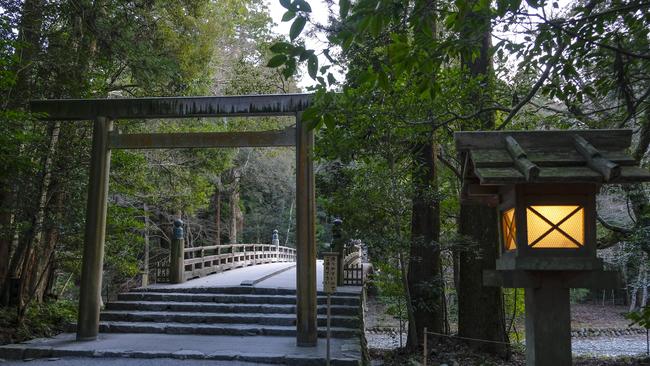
I’m astonished to discover that although this sacred site is thousands of years old, the shrine is not; it’s been demolished and rebuilt every 20 years. All the buildings and bridges of Ise Jingu were built in 2013 and are due to be pulled down and constructed on a site next door by 2033.
Why? I ask Yukiko, stunned, as it is so unlike other religions and the way they preserve their places of worship. It turns out it is all about nature and rebirth and the cycle of life. “The philosophy of Shinto is that we like new things better than we do old things,” she explains. “It is a completely different way of thinking. We want to be forever young.”
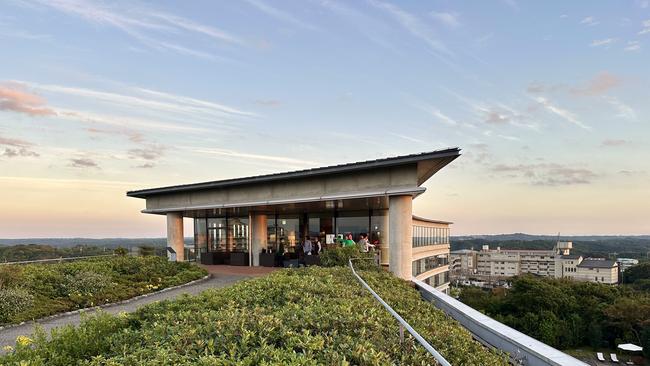
I contemplate this juxtaposition between old and new when we head back to our hotel in Kashikojima, Shima Kanko Hotel The Bay Suites. Situated on a hill overlooking Ago Bay and its many islands, it is most famous for hosting the G7 Summit in 2016 (you can stand where Obama, Merkel and Trudeau did for the official photographs on the rooftop terrace). I watch the spectacular sunset from my suite, thinking about the sacred gods in the surrounding landscape. Then I hear my kettle singing to let me know it is time for a cup of tea. Old and new Japan; I love them both. I just need to bring cash next time and watch my head.
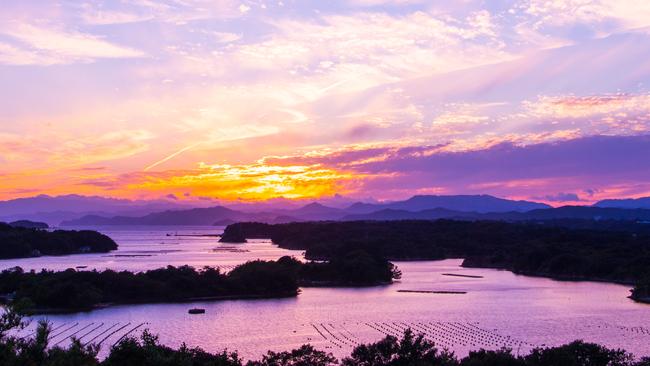
Tips for first timers in Japan
•Stay in quieter residential areas of Tokyo such as Meguro City.
•Travel off-season and avoid the cherry blossom festival.
•November is perfect as leaves are turning but it is not too cold.
•Catch the train instead of a plane; it is efficient and a great way to mix with locals.
•Go to less visited cities and regions such as Nagoya and Ise.
•Be aware that English isn’t commonly spoken in these places; guided tours of attractions are highly recommended.
•Take cash for trains, restaurants and shops; not all ATMs take international cards.
In the know
Hotel Gajoen Tokyo has suites from ¥111,000 ($1137) a night. Nagoya Kanko Hotel ESPACIO has rooms from ¥53,800 a night. Shima Kanko Hotel The Bay Suites has suites from ¥70,000 a night. All properties are members of Small Luxury Hotels of the World. Tariffs include breakfast and allow access to executive lounges with snacks, tea and coffee and a good quality selection of drinks. TeamLab Planets Isi in Koto, Tokyo. Book online and in advance; tickets from ¥4400.Ise Jingu is open every day from 5am to 5pm; closes later in summer months.
Milanda Rout travelled courtesy of Small Luxury Hotels of the World and Japan Airlines
If you love to travel, sign up to our free weekly Travel + Luxury newsletter here.


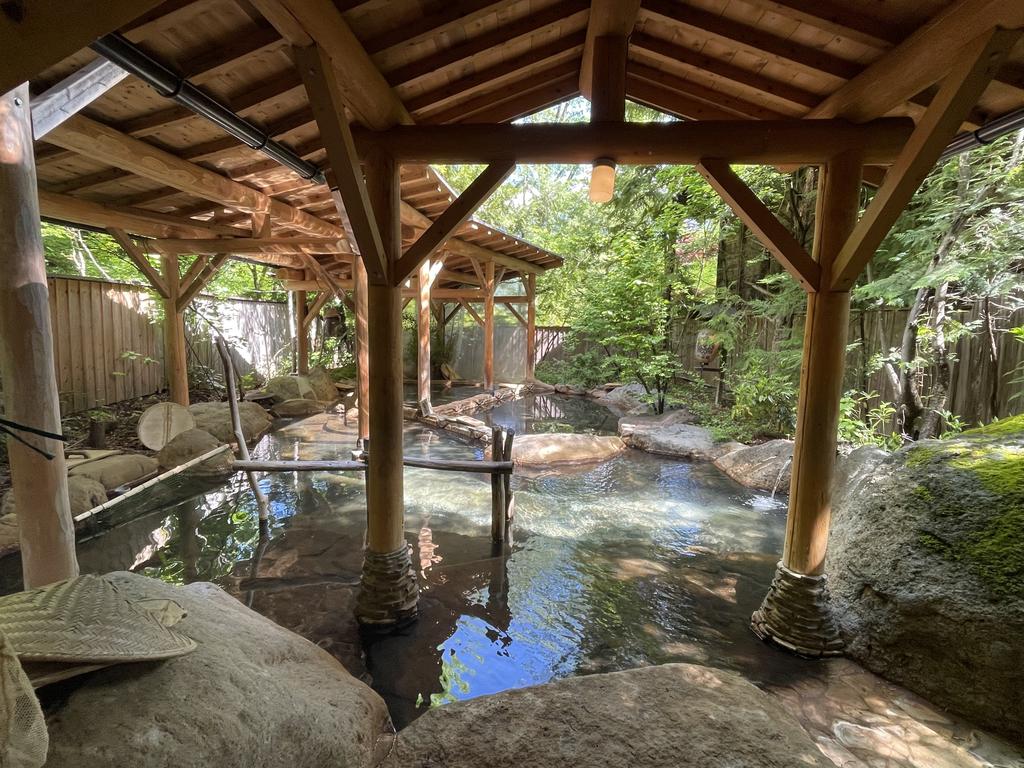
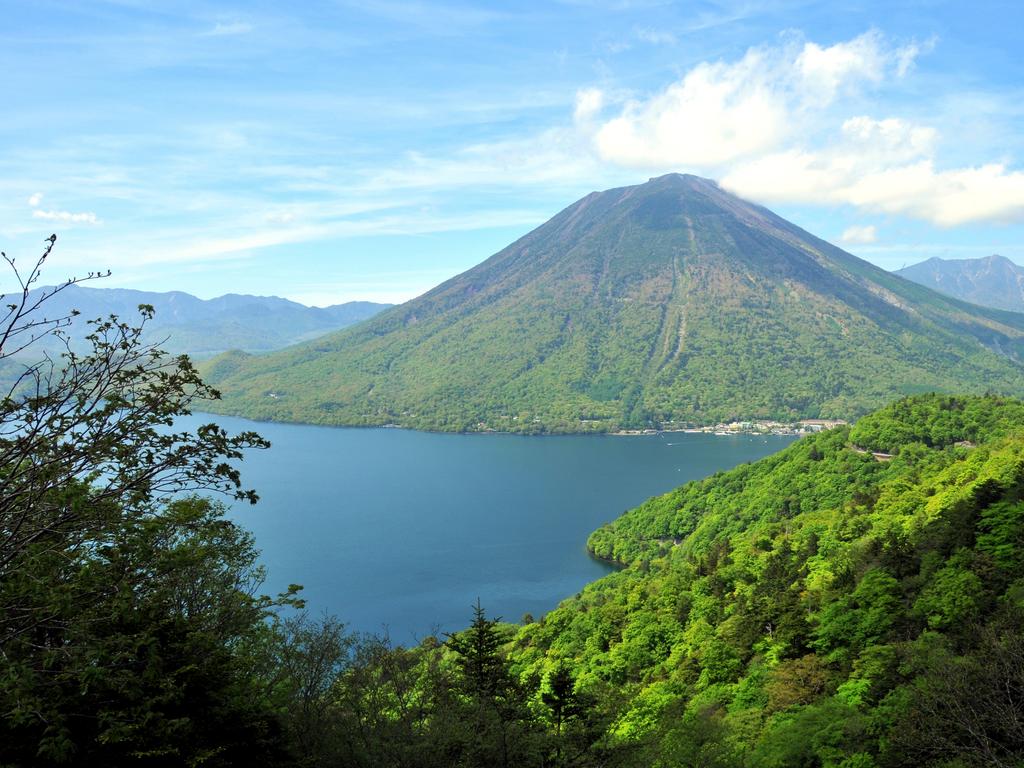
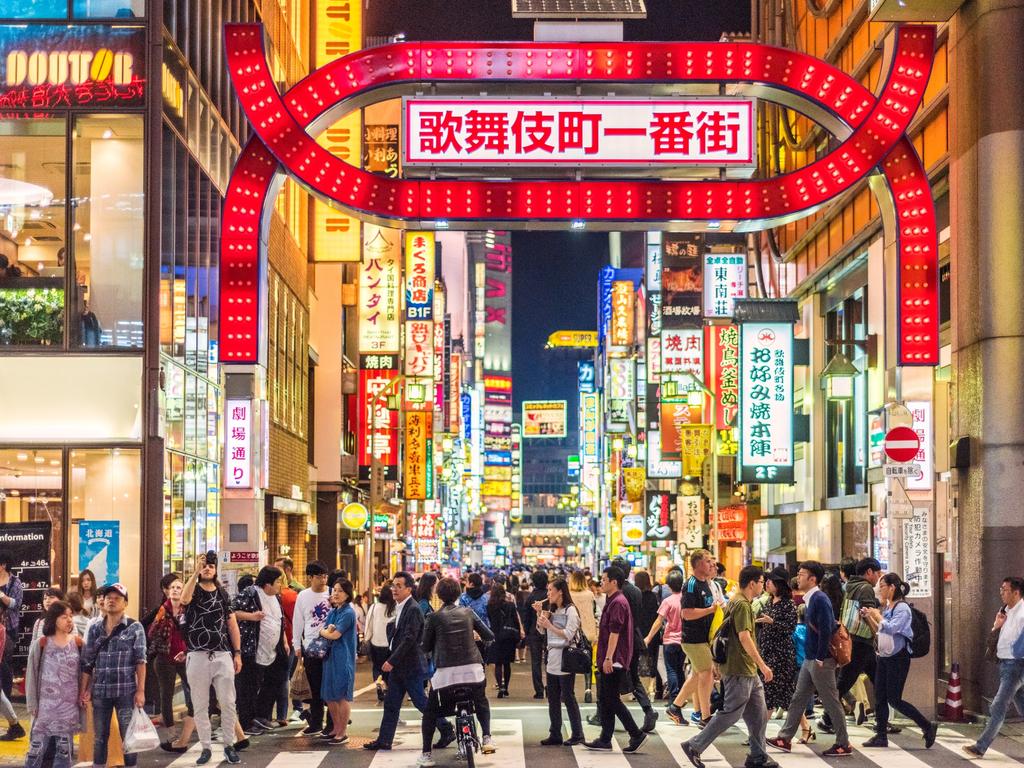
To join the conversation, please log in. Don't have an account? Register
Join the conversation, you are commenting as Logout